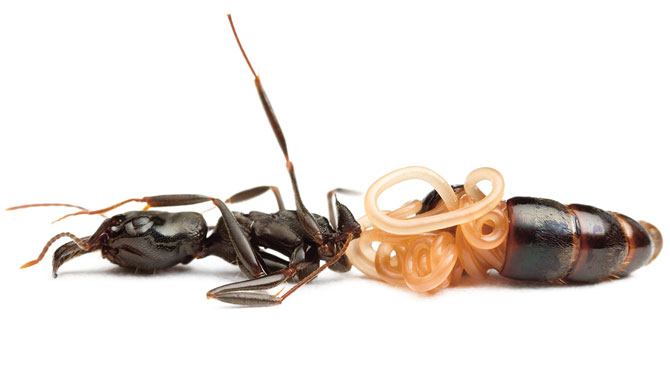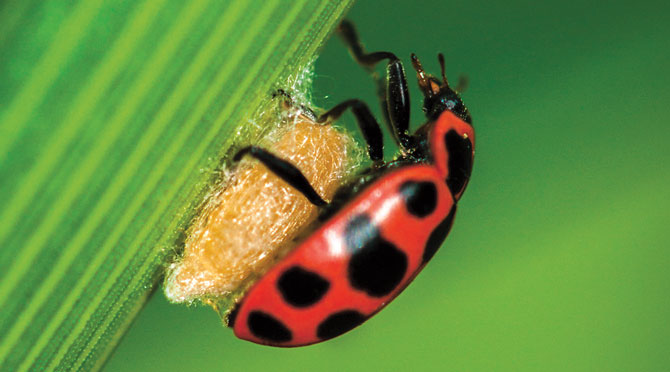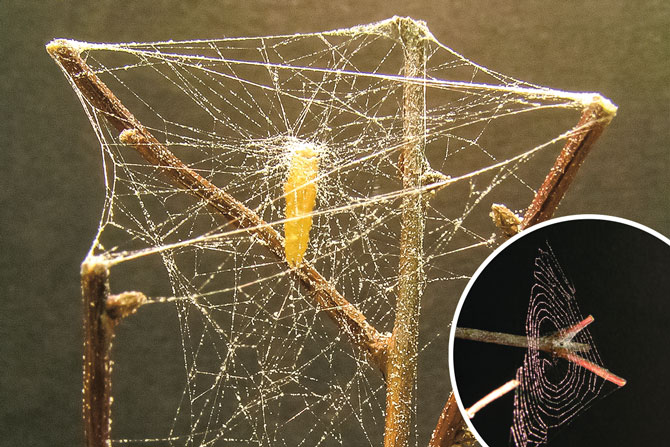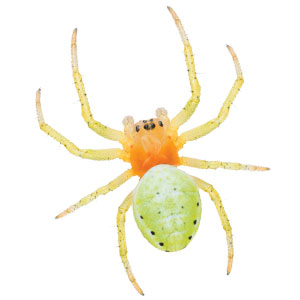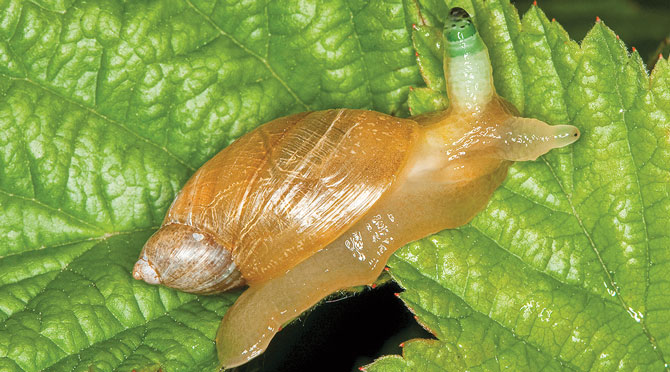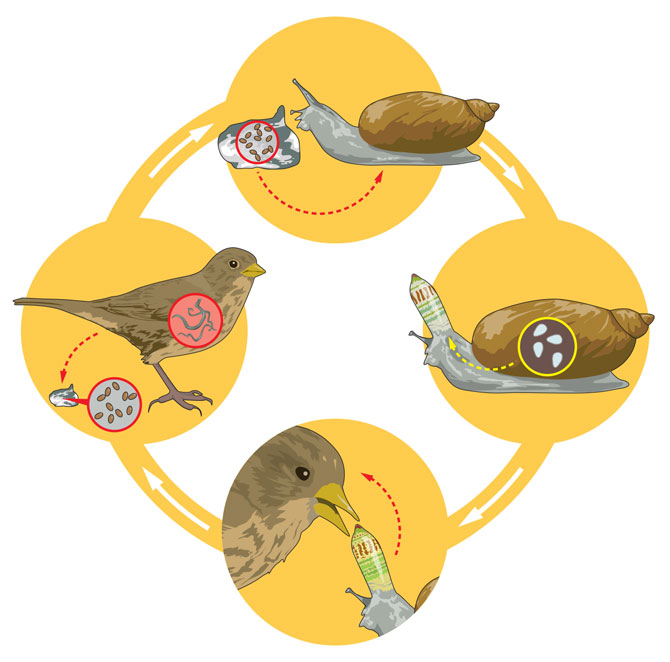From the depths of a dark cemetery, zombies rise from the grave. The undead wander the streets, terrorizing townspeople. Although scenes like that only play out in horror movies, something just as creepy happens in real life. Weird organisms take over other creatures’ brains, turning them into zombies.
The nightmare begins when a parasite enters an animal’s body. The invader steals vital nutrients from its host and grows stronger. Once the host is weakened, the parasite finds a way to control the host’s behavior. The parasite can, for its own benefit, force its host to do all sorts of bizarre, self-destructive things. For example, some parasites need to get to water to survive. They’ll squirm into insects and persuade them to take a deadly leap into a lake or pond. The hosts drown, and the parasites swim away.


